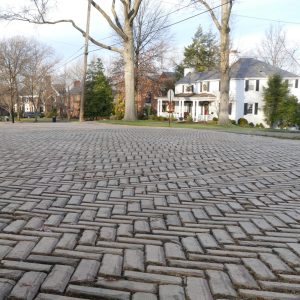gardening in lebo: a cautionary tale
February 14: Fall in love with the seed catalog that was delivered to your house for the person who lived here before you. A garden! We can get closer to nature! Perfect.
March 15: Find seed catalog at the bottom of your mail pile
April 15: Remember to order seeds, but get overwhelmed and end up spending $80 ordering 40 different types of plants.
April 24: Spend $75 at the home improvement store on seed starting “necessities”
April 25: Spend another $60 to make your own “grow lights”
April 26-28: Spend 3 days creating your grow light system and planting seeds
May 12: Freak out because your seedlings don’t look that great
May 15: Go spend $100 at local nursery to get seedlings, just to cover all of your bases
June 15: Transplant your wimpy seedlings and robust nursery plants
June 16: Curse the local wildlife population that ate your seedlings
June 28: Go out to weed, but now you can’t really tell what are plants and what are weeds. (HINT: if it is in good shape, pull it, it’s a weed!)
July 4: See fruit and veggies starting to ripen, get excited
July 8: See half-eaten fruit and veggies. Curse your local wildlife population
August 4: Pick 2 ripe tomatoes, 3 leafs of chard, and one yellow squash. Declare success
August 18: See withered tomato vines, dusty squash (is that a fungus?), and half eaten pumpkin. Declare defeat
August 20: Notice that hot peppers are doing great! Make note to only grow hot peppers next year just to stick it to the animals. Never mind that you don’t like spicy food. Hey local wildlife population, the war is on.





